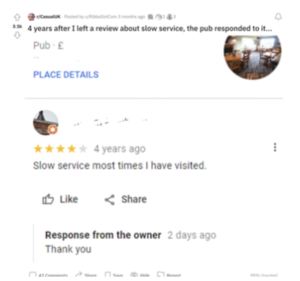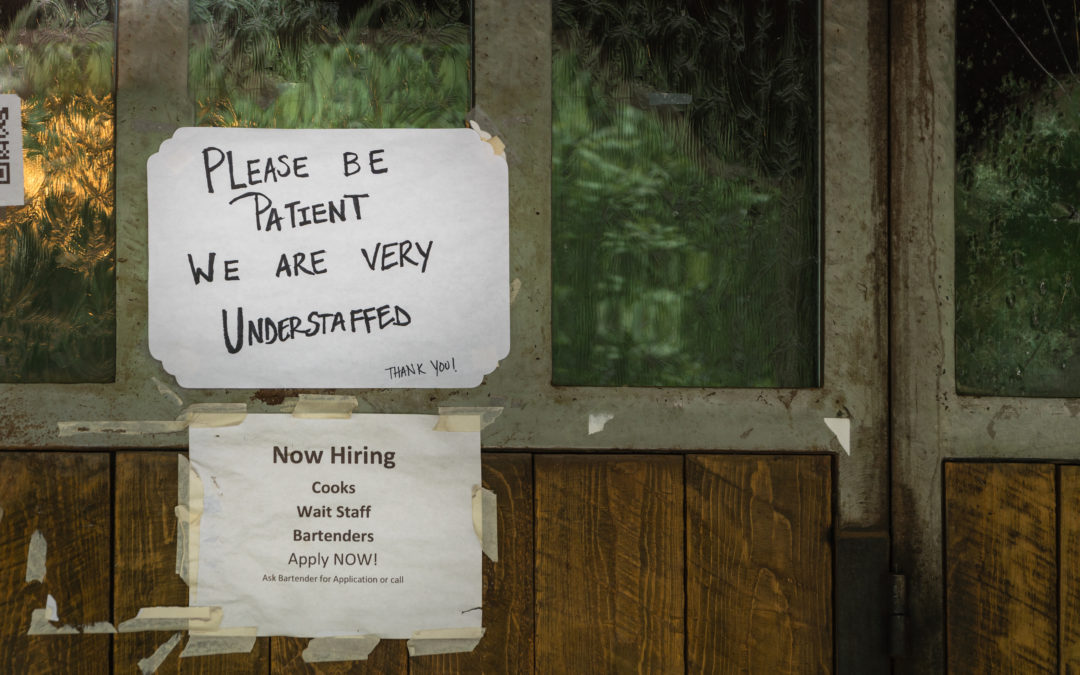By Mathieu Weber
Are CEOs Squandering Their Greatest Opportunities and Resources?
As a CEO, I like to pride myself on being aware of not only what is happening within my organization – but the external factors that impact it.
The reality is, though, it is hard to stay aware about everything. That’s why we have great lieutenants working for us – who are supposed to be doing that continuous situational awareness for us. It nevertheless remains up to the CEO to ensure lieutenants are focused on the right KPIs and business objectives.
Unfortunately, when I have spoken with executives with urgent recruitment needs, I have found that isn’t always the case. In many organizations that rely heavily on an hourly workforce, there are often disjointed chains of command and lack of accountability. This can lead to field-level business challenges remaining diffuse and unaddressed.
At an individual store or restaurant level, organizations can get away with it because the impact to the organization is marginal. However, at scale, challenges add up.
If you, like most CEOs, consider yourself a steward of the top and bottom lines, you need to think of this group of workers in a new way.
The Great Resignation: Acquisition and Retention a Chief Concern
A recent survey of 1453 global board members and C-suite executives, found that acquisition and retention of employees is a chief concern, as they continue to grapple with the great resignation. In the survey findings for 2022, the ability to attract and retain top talent jumped from number eight in last year’s survey to number two.
But does this concern for “top talent” include finding and hiring hourly workers? It should.
Unfortunately, most C-suite executives have little to no visibility into the macro and micro implications that understaffing has on their bottom lines.
We often consider them a cost factor – but hourly workers are indeed revenue producers. Studies show that brand loyalty ebbs with each negative customer experience. Three strikes? Your customer – the one you paid so much to acquire – is out of there.
Whether you lead a restaurant chain, online business, hotel group, contact center or retail brand, it is undeniable that the quality and volume of your hourly workforce reflects the health of your business. It follows that optimizing this -all too often overlooked- operational challenge will yield returns for your business.
5 Ways Ignoring Staffing Issues Impacts Your Organization
Let’s dissect the business value of your hourly workforce.
#1 Hourly staffing’s impact on revenues
Lack of staff impacts revenues and profitability. In retail, a sales associate contributes anywhere from $750 to $2,000 a day in sales, fluctuating by industry and seasonal sales. Annually that represents between $165k and $440k in lost sales per opening (based on 220 working days per year). Given that many brands currently advertise hundreds of openings, sub-optimal hourly staffing adds up quickly.
Restaurants face similar challenges. Whether front of the house or kitchen staff is in short supply, opening hours or capacity suffer. It wasn’t unusual for restaurants to close early, shut down dining rooms for pick up only, or just not open at all. Among 23 S&P 500 companies that reported from Oct. 4 to Oct. 15, labor was a top concern, amidst sliding stock prices. And this impacts the top-line instantly.
Run the numbers: Are your staffing issues causing your business to leave money on the table?
#2 Staffing’s impact on your brand

To offset just one negative review – you need 12 great ones.
Facebook, Google, Reddit and Yelp are overflowing with a growing number of negative reviews, many due to suboptimal hourly employee staffing levels.
Let’s face it, low staffing has put untold burdens on the remaining staff leaving them stressed out and ready to snap at an aggravating customer. That unhappy employee can cost you recurring revenue. Low staffing levels impact the quality and speed at which you serve your customers which, in turn, impact the number of stars your customers leave. And to offset just ONE negative review – you need 12 great ones.
You spend a lot to build a brand, to drive traffic into your locations, to grow your business. It follows that negative reviews undercut marketing efforts designed to bring traffic, drive sales and build a brand.
Today’s customers are very informed and depend more on social proof than ever before. And one of the main enablers of positive social proof is your staff.
#3 Your supply chain runs on people
The production, transport, logistics and delivery shocks caused by regional staffing issues had far reaching repercussions that are still playing out today in terms of delayed orders, higher prices, and dissatisfied customers.
The upshot? All businesses run on people. And labor shortage and supply chain disruptions are bound together. According to Deloitte, While the biggest employment shortfall is in customer-facing positions this year, according to 74% of retail executives, over half (56%) see filling openings in warehouse, supply, distribution and logistics as a major concern.
It takes people to get goods and services from point A onto shelves. There have been many lessons learned from the pandemic – none more important than how a small kink in the supply chain can have deep repercussions on a company’s existence.
#4 Great service yields more revenue
Word of Mouth (WOM) is one of the most impactful ways to drive new business. And according to a 2021 Delight Study, delighted customers derive more revenue. When a satisfied customer tells friends of a product or service, roughly 1 of 5 will take action. However when a pleased customer tells friends, that number jumps to 50%.
This means that if six people are told (a median across all industries), at least two people acted on the delight recommendation: twice the reported impact of WOM from customers reporting good or satisfying service.
# 5 The inability to prevent stock shrinkage
All businesses account for some level of stock shrinkage as a sunk cost.
However, low staffing levels are directly correlated with heightened theft, and inventory control issues (receiving errors, misplaced goods and unrecorded damages). When left unchecked, the cost and time associated with stock shrinkage can truly slow down a business.
Moreover, uncertain stock levels contribute to a poor customer experience: Nothing irks customers more than driving somewhere to find out that an item whose inventory showed online is actually out of stock.
All the above impact costs – and brand
At the end of the day, to truly understand the impact your hourly staff has on your business (and your brand) you need a solid understanding of the entire lifecycle of frontline workers – from recruiting, to training, to empowering, to retention. This is challenging because historically, in most organizations, no single lieutenant owns this problem. And that compounds the problem.
Hiring workers is hard right now, probably because the way your staff is recruiting is outdated. And low staff equals:
- More overtime = higher labor costs
- Also burnt out employees = higher turnover (and bad workplace reviews)
- A need to resort to extreme measures to get products and services to market
- Lousy brand experiences
- Disruptions throughout all areas of operations
At Wirkn, our goal is to improve the top end of that journey: talent attraction, conversion and hiring so we can contribute to minimizing the consequences of sub-optimal staffing levels downstream.
Through powering 2M+ applications, we have found that solving for the hourly recruiting function -power of attraction, regional staffing differences, employee needs and wants, candidate volume, time to fill, for example- is an excellent stepping stone to analyze, measure and understand the opportunities and shortcomings of the entire hourly employee lifecycle. Yet getting there requires CEOs to take a top-down view to that problem and make it a priority.
If you don’t want to succumb to the Great Resignation – you have to stop recruiting like it’s 2019.
ABOUT MATHIEU WEBER
Mathieu is CEO of Wirkn since September 2020. A seasoned sales and marketing leader, Mathieu held leadership roles at Acquia, Skymotion and Nstein where he led go-to-market for emerging technologies across new markets.
ABOUT WIRKN
Wirkn combines SaaS recruitment software and digital HR marketing services to accelerate the matching of hourly workers and employers.
Wirkn helps employers provide a game-changing candidate experience while supporting hiring managers and recruiters with automated candidate sourcing and filtering tools, centralized chat and email capabilities, recruitment analytics, and HR marketing services.
Founded in 2015, Wirkn is committed to simplifying hourly hiring by helping companies modernize their HR technology stack, without requiring them to overhaul the recruitment tools and technologies they already use.
To learn more, visit Wirkn.com.
